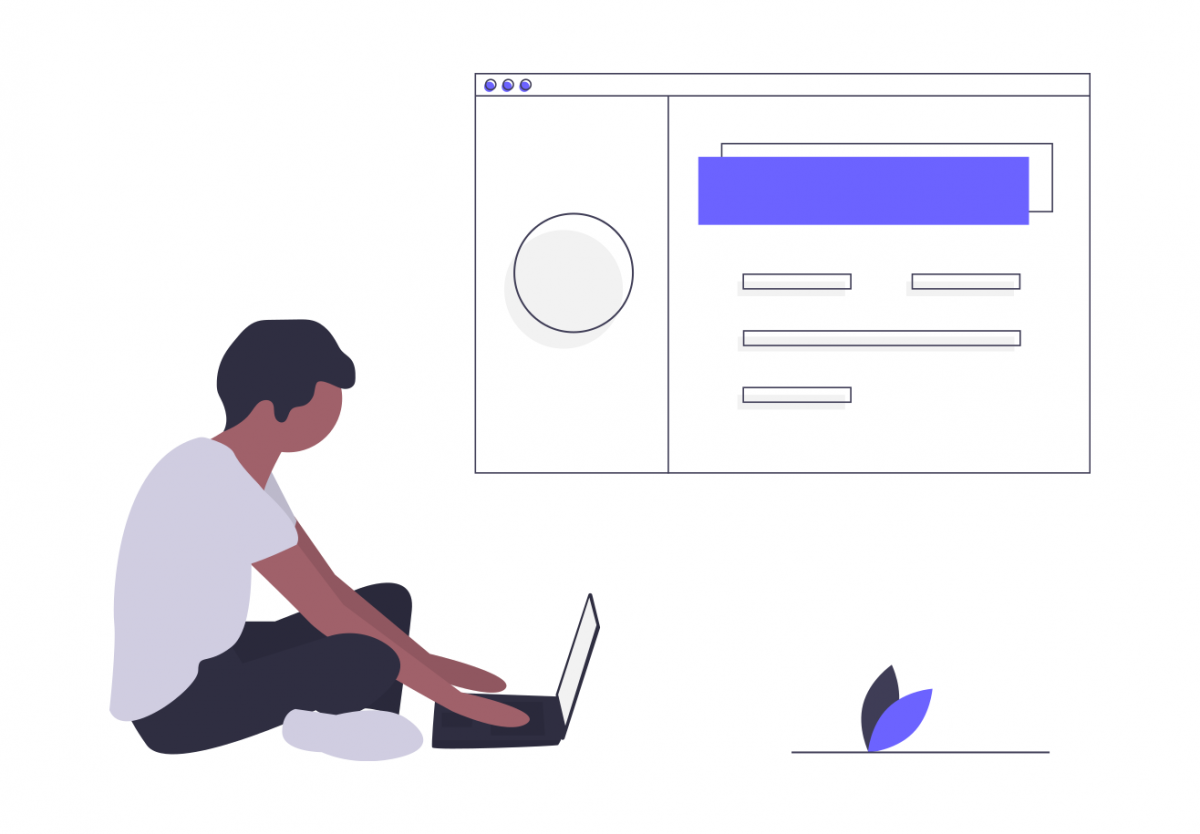[vc_row][vc_column][vc_column_text]
Is your website accessible? Not in the way that it’s SEO-friendly and easy to find—does it have full accessibility for those living with disabilities? For Ontario businesses and non-profits with 20 or more employees, the answer should be “Yes.”
In 2005, the Accessibility for Ontarians with Disabilities Act (AODA) was created. By identifying, removing, and preventing barriers of access for those with disabilities, the AODA aims to ensure accessibility throughout the Ontario public and private sectors—both physically and digitally.
The goal is for the province to be fully accessible by 2025, however, there is an upcoming deadline that business owners need to be aware of: June 31, 2021.
Online accessibility
Some forms of accessibility are obvious in everyday life: wheelchair ramps, accessible seating, accessible transportation. However, one thing used every day is often overlooked: the internet. Executive Director of CNIB Quebec, David Demers, believes individuals have the power to change that.


“All the technology is there,” said Demers. “It just needs to be put to good use and used properly, and then it can be accessible.”
As a member of the blind community, Demers says he often can’t move forward on websites due to visual-based “I am not a robot” forms. Even when audio versions are available, it can be very difficult to get through. In fact, Demers says he’s never been successful with them.
And security measures aren’t the only obstacle. Visual content marketing continues to grow, but photo and video-based content can be hard for the visually impaired to digest information. However, as Demers said, the technology is there.
“Sometimes just a matter of making sure you put the right labels, the right coding, and then the website can be read properly to a blind person,” said Demers. “It’s so refreshing when you end up on a website that’s accessible.”
Making your website accessible
From properly using alternative text image tags (which help describe the context of an image) to adding captions to videos for the hearing impaired community, there are numerous ways to make a website more accessible.
Since not everyone is familiar with the accessibility technology available, CNIB Frontier Accessibility, CNIB’s social enterprise dedicated to accessibility in all aspects of work and life, has partnered with Ottawa-based enterprise website production company Craft&Crew to help organizations assess and audit their digital platforms.
Dave Hale, Partner and Founder of Craft&Crew, said that more and more companies began reaching out for accessibility help in late 2020, in anticipation of the upcoming AODA deadline. He looks forward to the partnership with CNIB because accessibility impacts more people than we realize.
“Accessibility and making the world easier for people with disabilities has become this forgotten social issue. It’s fallen out of focus a little bit,” said Hale. “The thing is, good accessibility for people who have a disability is also a great website experience for anybody.”


The business case for being accessible
Hale adds that those living with visual or hearing impairments account for approximately 10 percent of the Canadian population, which means that if companies aren’t making their online presence accessible, they’re ignoring 10 percent of potential customers.
“It is a massive market that we’re talking about here,” said Hale. “Any marketer or salesperson who says that they’re going to willfully neglect 10% of their addressable market would be fired on the spot.”
In addition to increasing your audience size, good accessibility standards are good for business.
The proper alternative text makes your website more SEO-friendly, captions on videos means that they can be watched and understood with or without volume, and the right colour contrast ensures that consumers can read your message.
The upcoming deadline
By June 31, 2021, Ontario businesses and non-profits with 20 or more employees must file an accessibility compliance report to ensure that they meet current requirements under the AODA. Failure to complete the report can result in financial penalties.
For that report, companies must show they’re taking the steps to make their online content accessible.
“The most important thing is that they get some work started on it and that they can show they have the intent of getting work done towards accessibility,” said Demers. “Companies should not be fearful of it [the deadline], but understand that they need to take some steps towards accessibility.”
As for making those steps, he said that the easiest way to ensure accessibility is to be thinking about it in the beginning design stages of a website, rather than making it an afterthought. But for those who are now scrambling to bring their digital platforms up to par, CNIB Frontier Accessibility and Craft&Crew are happy to help.
Each audit will include things like an assessment of your website features and an inspection of its navigation and will have a final report of next steps and recommendations. As part of the partnership, proceeds will go to the CNIB Foundation.
While there’s still time to make your website fully accessible—2025 is the AODA goal—steps like the upcoming deadline are necessary to help make sure our society is on the right track.
Currently, Demers believes an accessible website is “refreshing.” Here’s hoping that in the upcoming years, full accessibility becomes the standard for digital platforms.
[/vc_column_text][vc_separator][/vc_column][/vc_row]
[yikes-mailchimp form=”1″ title=”1″ submit=”SUBSCRIBE”]








